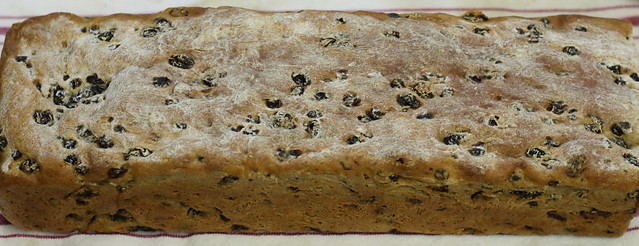A great deal can change in a short time. Contracts can be changed, lives or health can be lost, and vacation plans altered mid-stride. We’ve all lived it.
What’s weird is how rarely that impacts our daily world. Most of the time, things change realllllly slowly. At the speed of glacial snails. We’re dying for Something To Happen, and …nothing much does. That, too, is life.
Culinarily, change is never swift. A recipe from the 15th century still today can bear the echo of its roots. Take, for example, the Simnel cake. This is an old, old English Easter cake, mentioned in a 17th century Herrick (1591-1674) poem from 1648. ‘I’ll to thee a Simnell bring ‘Gainst thou go’st a mothering, So that, when she blesseth thee, Half thou’lt give to me.’ The narrator (we assume Robert Herrick) confides that he’ll bring his friend a Simnel cake, so that, on the festival day of Mothering Sunday, which is the fourth Sunday of Lent, he’ll receive half of her blessing. Interestingly, Mothering Sunday can allegedly be traced back to the Greeks celebrating a three-day festival of the goddess Cybele, mother of all gods. Rather than celebrating motherhood, the festival apparently celebrates the Mother Church. Used as part of Mothering Sunday celebrations through Britain and beyond, it’s a specialty because Mothering Sunday, or “Refreshment Sunday” as it’s also called, relaxes the strict fasting rules for Lent. Thus: cake!
Sounds good to us.
More information we ferreted out: the word simnel is from Old French simenel, or spelled seminel, based on Latin simila, meaning fine flour. In Greek semidalis means finest wheaten flour, and an old Assyrian word, samīdu and the Syriac word sĕmīdā, mean fine meal. (Semolina, anyone? It’s the same root. Also semmel in German means a bread roll.) Thus, we know that this Simnel cake is made with finely milled flour, probably white, or as close to white as a household could get. It was studded with dried fruits – what was available at the beginning of Spring, leftover from winter – and heavily seasoned. Some recipes call for it being both boiled AND baked. Of course, boiling is traditional for many Scottish cakes, as boiling was all some households had. Few working people had ovens in the 18th-19th century, and cooked in a kettle over a fire, or on a hearth. However, there’s a goofy legend attached to this — a man called Simon and his wife Nell argued over whether the cake for Mothering Sunday should be baked or boiled. Too keep peace, they did both, so the cake was named after both of them: Sim-Nell. Aaand, we don’t believe that at all, but it’s convenient fiction to explain why some recipes call for both methods of cookery.
Our first shot at this cake comes from England. We used the hand-written recipe recorded between 1705 and 1726 blogged at Cooking in the Archives. The recipe is held at the University of Pennsylvania library, and calls for ingredients like “a peck of flour” “a race of Ginger” “Balme,” which was the wild yeast found floating atop fermenting beer, and “sack,” which is kind of like sherry. We didn’t have spirits or fermenting anything in the house, so skipped that step. We noticed that this old recipe did not call for marzipan or peel or anything like more modern Simnel recipes call for, but we made sure to honor the “fine flour” aspect of it by using a strong white bread flour. We substituted the “boyl” – er, boiling for a long, slow rise in a slightly warmed oven. This was a necessity, as it’s still pretty cool here of an afternoon and evening, and the nights are crisp, and this bread just didn’t otherwise want to raise. This could also be blamed on the absolute stuffing of raisins and currants. This stuff is LOADED.

